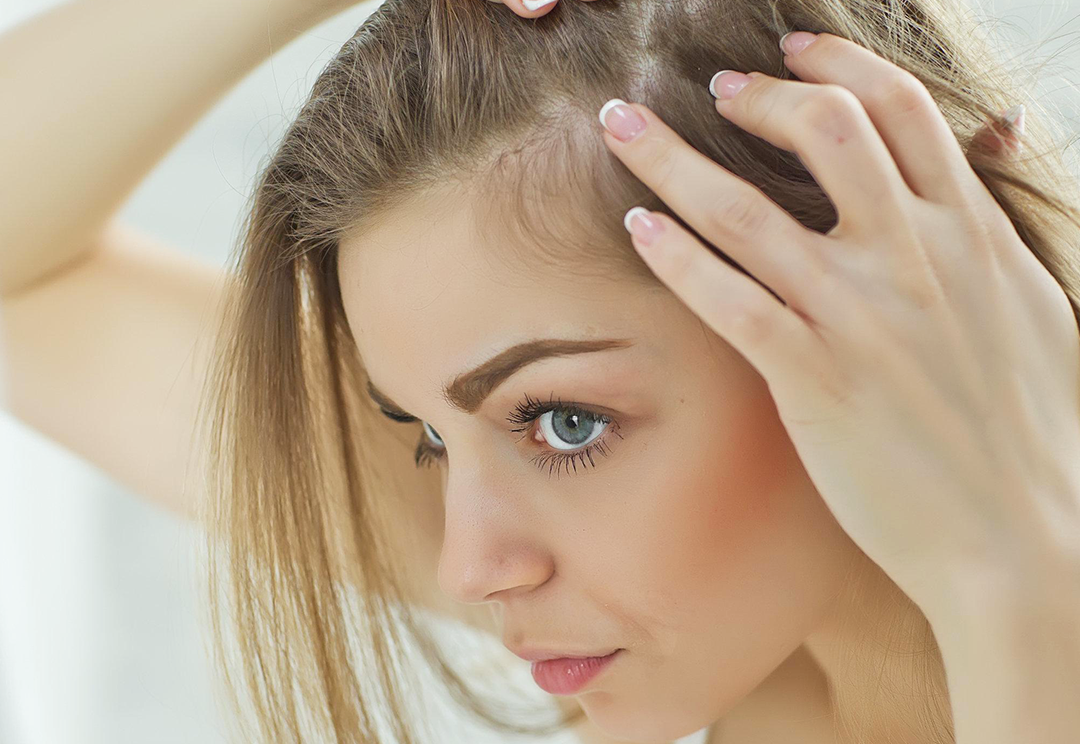Hair loss is a common concern that affects millions of people worldwide, impacting both men and women. It can result from various factors, including genetics, hormonal changes, medical conditions, medications, and stress. Here, we explore some of the most effective hair loss treatment options.
Topical Treatments
- Minoxidil: Minoxidil is an over-the-counter topical solution that is FDA-approved for treating hair loss. It works by stimulating hair follicles and increasing blood flow to the scalp, promoting hair growth. It is available in various concentrations and is applied directly to the scalp.
- Finasteride: Finasteride is an oral prescription medication that helps reduce hair loss by blocking the conversion of testosterone to dihydrotestosterone (DHT), a hormone that can shrink hair follicles. It is primarily used for male pattern baldness.
- Natural Oils and Serums: Essential oils like rosemary, peppermint, and lavender, as well as serums containing ingredients like biotin, keratin, and peptides, can nourish the scalp and strengthen hair strands, supporting healthy hair growth.

Medications
- Spironolactone: Spironolactone is an oral medication that can help treat hair loss in women by reducing androgen levels. It is often prescribed for women with androgenetic alopecia or other hormone-related hair loss conditions.
- Dutasteride: Similar to finasteride, dutasteride is an oral medication that inhibits DHT production. It is sometimes used off-label for hair loss and may be more potent than finasteride.
Hair Restoration Procedures
- Hair Transplant Surgery: Hair transplant surgery involves moving hair follicles from a donor area (usually the back of the head) to areas experiencing hair loss. There are two main techniques: Follicular Unit Transplantation (FUT) and Follicular Unit Extraction (FUE). This procedure provides a permanent solution to hair loss with natural-looking results.
- Scalp Micropigmentation: Scalp micropigmentation is a non-surgical cosmetic procedure that involves tattooing tiny dots on the scalp to create the illusion of fuller hair. It is an effective option for individuals who prefer a shaved or closely cropped hairstyle.
- Platelet-Rich Plasma (PRP) Therapy: PRP therapy involves drawing a patient's blood, processing it to concentrate the platelets, and injecting the platelet-rich plasma into the scalp. The growth factors in PRP can stimulate hair follicles and promote hair growth.
Advanced Treatments
- Low-Level Laser Therapy (LLLT): LLLT uses red light wavelengths to stimulate hair follicles, increase blood circulation, and encourage hair growth. It is a non-invasive treatment that can be done at home with specialized devices or in a clinical setting.
- Stem Cell Therapy: Stem cell therapy for hair loss involves using stem cells to regenerate hair follicles and promote hair growth. This treatment is still in the experimental stage but shows promise for future hair restoration.
Lifestyle and Preventive Measures
In addition to specific treatments, certain lifestyle changes and preventive measures can help manage hair loss:
- Healthy Diet: A diet rich in vitamins and minerals, such as iron, zinc, and biotin, supports hair health. Foods like leafy greens, nuts, seeds, and lean proteins can promote strong and healthy hair.
- Stress Management: Chronic stress can contribute to hair loss. Practices like meditation, yoga, and regular exercise can help reduce stress levels.
- Gentle Hair Care: Avoid harsh hair treatments, such as frequent dyeing, perming, or excessive heat styling, which can damage hair and lead to breakage.
Conclusion
Hair loss treatments offer a variety of solutions to help restore hair and boost confidence. Whether through topical treatments, medications, surgical procedures, or lifestyle changes, individuals can find an approach that suits their needs and goals. Consulting with a dermatologist or hair loss specialist is essential to determine the most effective treatment plan and achieve the best possible results.
4o
